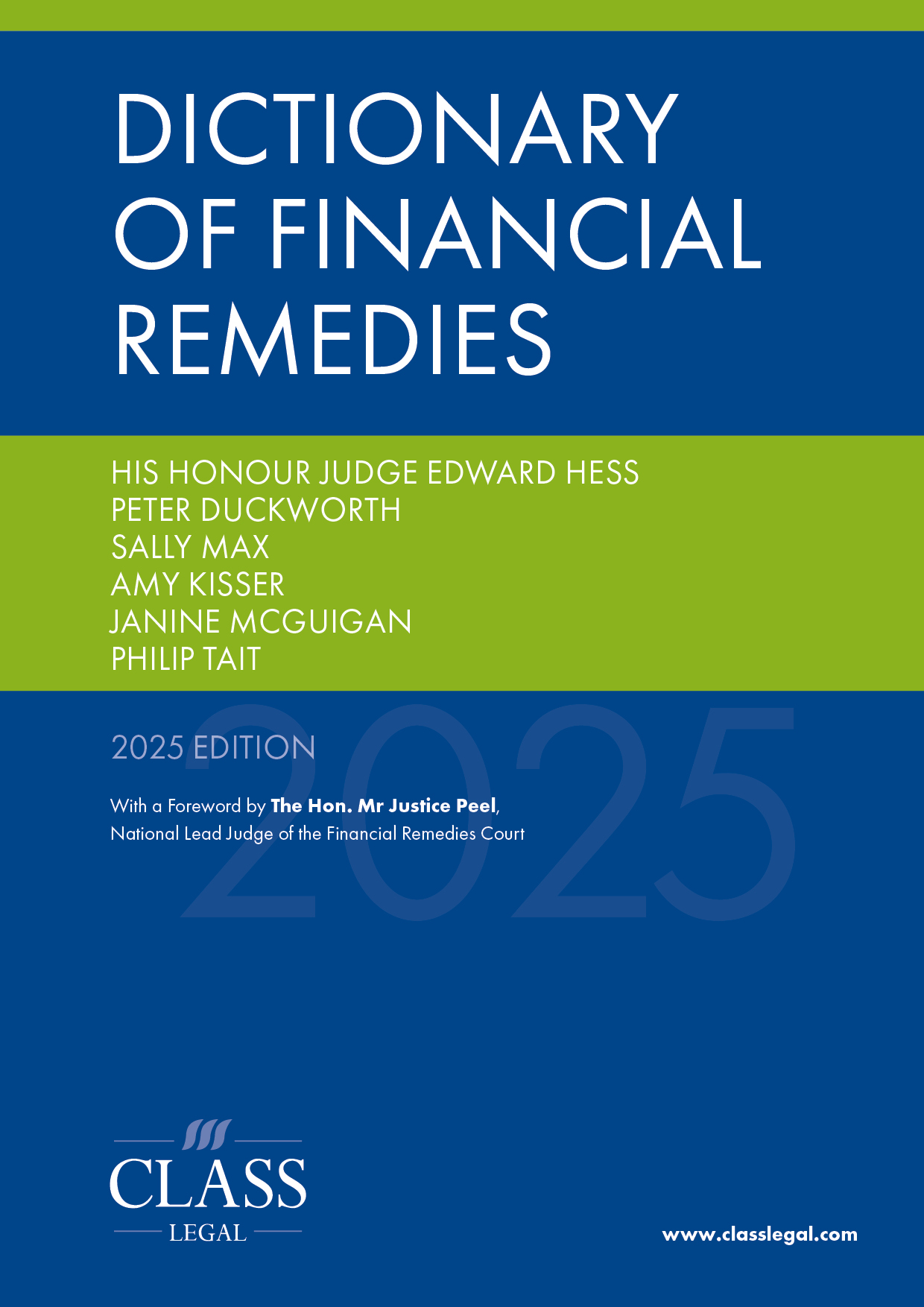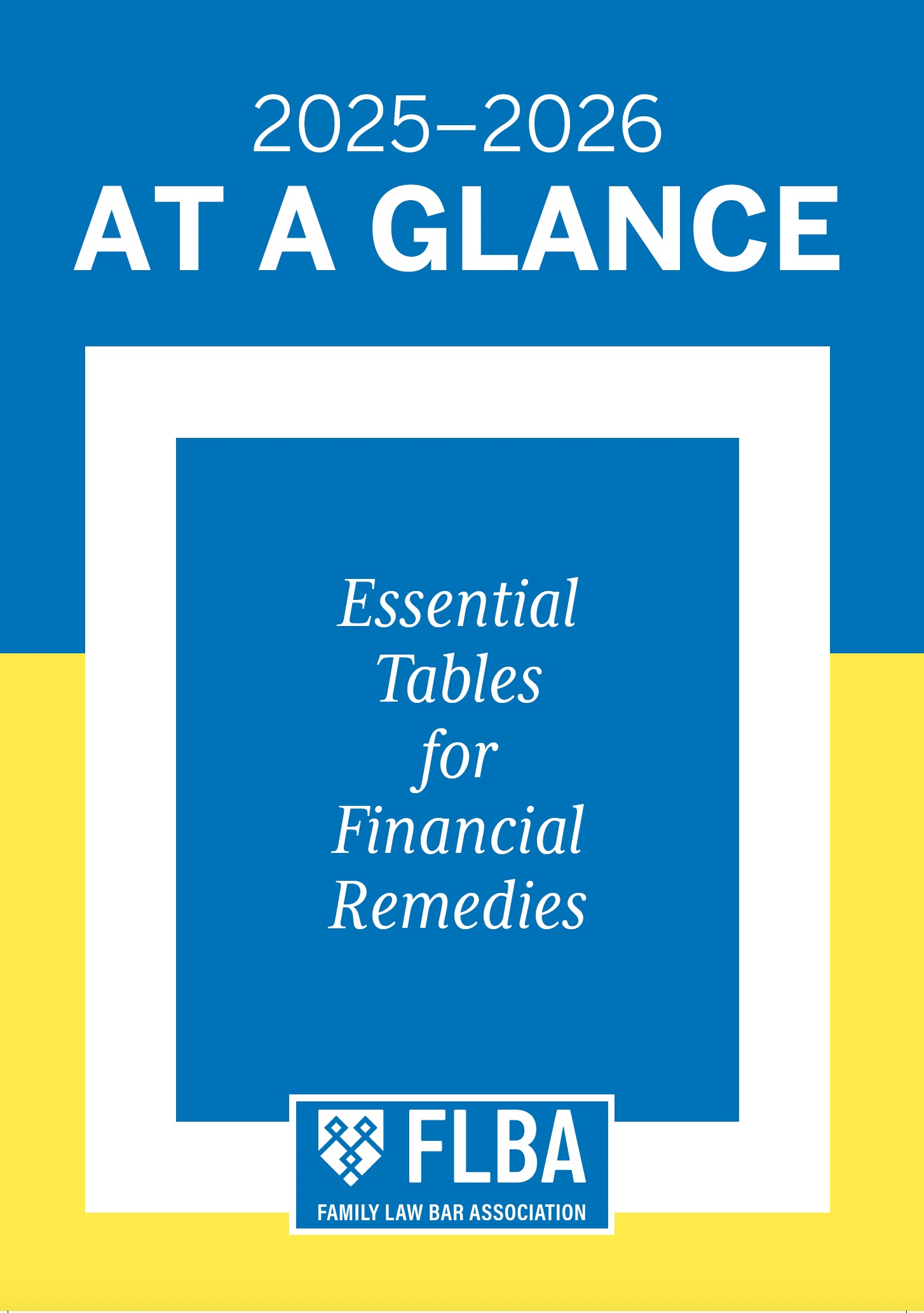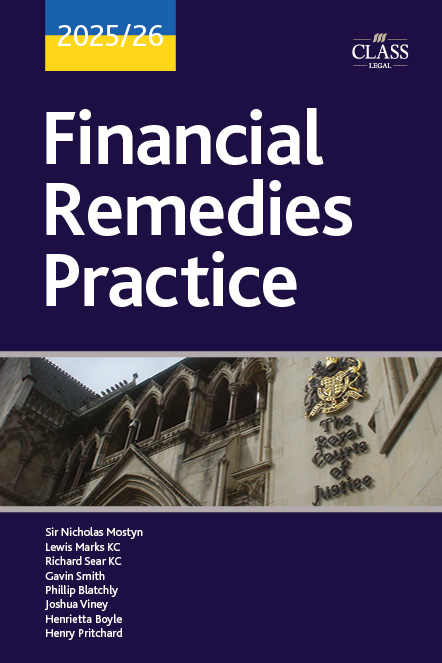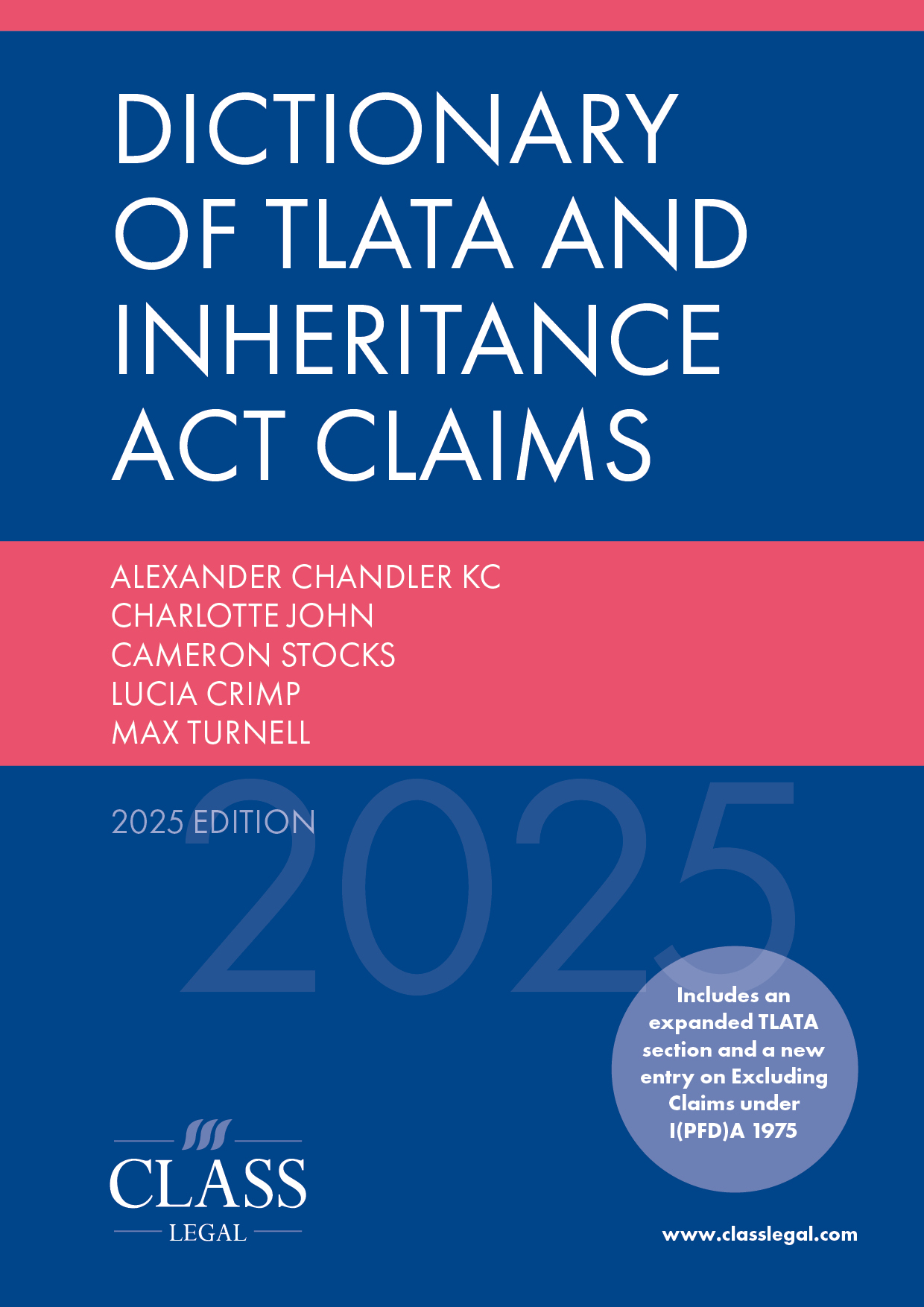
TO v GA (Financial Remedies: Deferred Sale) [2024] EWFC 405 (B)12 November 2024
Published: 10/04/2025 09:11
https://caselaw.nationalarchives.gov.uk/ewfc/b/2024/405
Deputy District Judge Harrop publishes a judgment as a good example of the decisions district judges have to make in ‘everyday’ financial remedy cases.
Summary
W early 40s, employed FT, but limited earning capacity due to caring for the children. H mid-40s, H’s income currently limited by the impact of his prison sentence, but he informed the court he would be earning a full-time wage sooner rather than later. Long marriage 20 years, separation five years before. Five children who lived with W until recently: A mid-20s, just married now lives with her husband. B and C were in their early 20s, working/studying. D and E were in their teens and at school. After separation, W had another child, F, with her new partner. Subsequently, the relationship with F’s father ended. F was nursery age.
W remained in the five-bed FMH – the only asset – the current equity was £287,000 with a small mortgage that would be paid off in 4–5 years. H was living in an inadequate bedsit.
DDJ Harrop commented that it was well known that when parties have owned a property during the marriage, the court will strive, where possible, to ensure they can own a property after the marriage. In the well-known words of Lord Justice Thorpe in M v B [1998] 2 FLR 180:
‘In all these cases it is one of the paramount considerations, in applying the s 25 criteria, to endeavour to stretch what is available to cover the need of each for a home, particularly where there are young children involved. Obviously the primary carer needs whatever is available to make the main home for the children, but it is of importance, albeit of lesser importance, that the other parent should have a home of his own where the children can enjoy their contact time with him. Of course, there are cases where there is not enough to provide a home for either. Of course, there are cases where there is only enough to provide one. But in any case where there is, by stretch and a degree of risk-taking, the possibility of a division to enable both to rehouse themselves, that is an exceptionally important consideration and one which will almost invariably have a decisive impact on outcome.’
DDJ Harrop at [37] said:
‘In cases like this one, where resources are being stretched to their limits, that closing observation about stretch and risk-taking becomes the key tool in the judge’s arsenal in trying to achieve some sort of measure of fairness between the two parties in front of them.’
H’s housing needs were a one-bed flat found to be £140,000–£160,000. W’s housing needs included a need to house the children, albeit D was about to finish school. It was difficult to quantify as three-bedroom properties cost between £295,000 and £315,000, but the current five-bedroom family home is worth only slightly more at £330,000.
Neither party could get a mortgage but should be able to in the future. W’s oral evidence was that this would be in two years’ time for her.
H’s primary proposal was to sell the FMH, he would retain £89,100 and W the rest. W would not be able to rehouse. H’s secondary proposal was a five-year deferred sale, and then the NPS would be divided equally, as the children of the marriage would be adults.
The judge was not satisfied that a five-year deferred sale with a 50/50 split on the NPS would allow W to meet her housing needs at that time as it was extremely likely that W would have F and E at home, and quite possibly D as well. W would continue to have financial responsibilities towards the children even if they were over 18, which should be considered under s 25 as part of all the circumstances; [30], [31] and [48].
The judge was not satisfied that a five-year deferral was the right approach, especially as the parties had already been separated for five years. In two years, W would have a borrowing capacity, but the age/stage of the children would mean a sale should not be forced until after the GCSE exams of E, July 2027.
The judge considered that if H were to take £80,000 from the sale of the property, a borrowing capacity of £60,000 would allow him to purchase a property for around £140,000; [51]. W, with the borrowing of £85,000, would have a housing fund of close to £290,000, which got her, with the degree of stretch and risk-taking envisioned by Lord Justice Thorpe, there or thereabouts in terms of the housing stock that he had been shown; [52].
The Deputy District Judge was mindful that his determination would leave W only around £10,000 short of being able to buy the husband out and avoid a sale, which was a desirable outcome. The judge observed that the wife’s family in the past had the resources to help each other out in those sorts of sums.
The Deputy District Judge made an order that allowed W the opportunity to buy out H.
Held
Just because the children stop being the court’s first consideration does not mean that they stop being a consideration at all. They are still relevant in the assessment of the wife’s financial responsibilities and the overall circumstances of the case; [48].
Outcome
W to pay H a lump sum of £80,000 by 31 July 2027, with H to transfer his interest in the property to her simultaneously. An order for sale in default.








